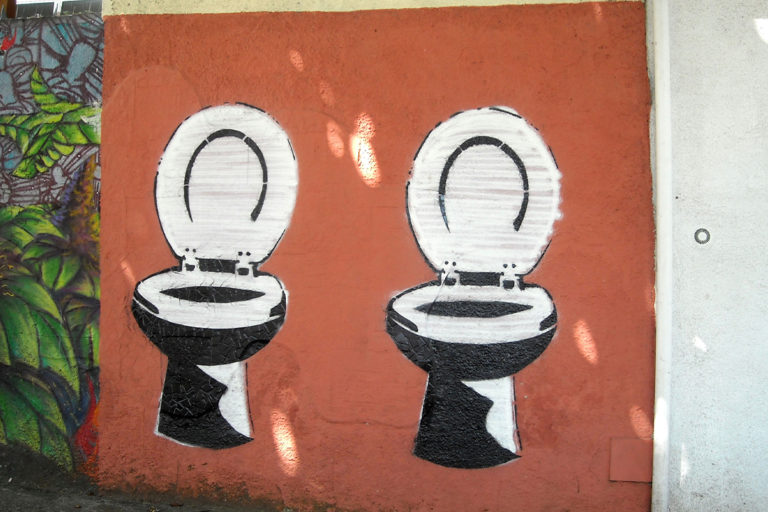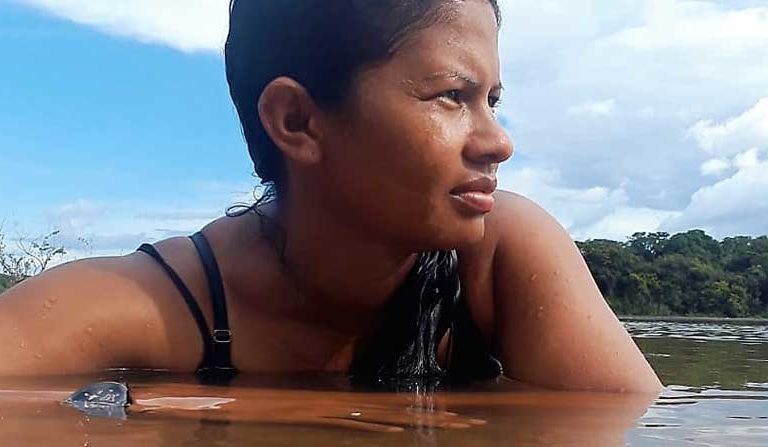Amazon Basin urban centers are contaminating the Amazon, Negro, Tapajós and Tocantins rivers with pharmaceuticals and wastewater, with still largely unknown impacts on aquatic ecosystems.
Serendipity underlies some of the greatest scientific discoveries. And it was certainly at play in 2015 when a team of biologists stopped off to relax at a popular waterfall on…
This is the wrap-up article for our four-part series “The Congo Basin peatlands.” Read Part One, Part Two, Part Three and Part Four. In the first half of December, Mongabay…
This is the fourth article in our four-part series “The Congo Basin peatlands.” Read Part One, Part Two and Part Three. The muddy cores that Ian Lawson and his colleagues…
Nestled amid the mountains of northern Laos, the picturesque ancient capital of Luang Prabang is under siege from a dam-building fever along the Mekong River, with a Thai developer now…
This is the third article in our four-part series “The Congo Basin peatlands.” Read Part One, Part Two and Part Four. The logging concession moratorium signed in 2002 was supposed to shore…
A new study shows that two-fifths of coral reefs globally are seriously threatened by sediment runoff — the transportation of accumulated material from land to sea, often with harmful pollutants…
This is the second article in our four-part series “The Congo Basin peatlands.” Read Part One, Part Three and Part Four. The announcement came in mid-2019: A pool of oil lay deep…
This is the first article in our four-part series “The Congo Basin peatlands.” Read Part Two, Part Three and Part Four. The notion seemed straightforward: A massive swamp in the Congo Basin…
Scientists have long identified a link between livestock production and deforestation, with reams of research showing the detrimental effect of agricultural activities on natural resources. Little is known, however, about…
JAKARTA — Conservationists in Indonesia are pushing for the establishment of a protected area along a stretch of Borneo’s Mahakam River to save the remaining population of the nearly extinct…
The last 80 Irrawaddy dolphins that inhabit the Mahakam River in Indonesian Borneo lead precarious lives. Their forays to find fish are frequently thwarted, sometimes fatally so, by a series…
The Kinabatangan River rises in the beating heart of Sabah, Malaysian Borneo, where ancient primary forest cloaks the slopes of steep-sided mountains. As it meanders east toward the Sulu Sea,…
They say you should never smile at a crocodile. But that’s exactly what happened on Sept. 9 when a team of researchers discovered a group of eight Siamese crocodile (Crocodylus…
Humans have created so much plastic that it now exists from the slopes of Mount Everest to the extreme depths of the oceans. When we consider the effects of plastic…
This story is the result of a reporting collaboration between Mongabay Latam and Rutas del Conflicto. In 2000, in the midst of Colombia’s vast Amazon rainforest, two elder members from…
Every evening, along the banks of the Rembau River in Malaysia, fireflies put on a spectacular display. Against the dark silhouette of the berembang mangroves (Sonneratia caseolaris) they dance, synchronizing…
Record floods are battering the western and central Amazon, inundating Manaus and other communities and wrecking crops. To prevent future extreme weather events, deforestation and carbon emissions must be controlled.
Mongabay Latam and Folha, through the Stories Without Borders project, document what is happening on the border between Peru and Brazil. MÂNCIO LIMA, Acre — The Acre antshrike is known…
Indigenous people living near the Teles Pires and São Manoel dams in the Brazilian Amazon say the projects have polluted their river, causing health problems and wrecking the fishery. COVID-19 made things worse.
What growls, chirps, chuckles and swims in the swift flowing rivers of Central and South America? A new study reveals that neotropical river otters (Lontra longicaudis) have a rich repertoire…
Toilets: They’re not any easy subject to discuss. Even though eliminating waste from our bodies is an essential function we all must do, talking about how we deal with that…
IBAMA, Brazil’s environmental agency, has reversed itself, allowing Norte Energia, operator of the mega-dam, to divert water flow to turbines, potentially wrecking the river’s Big Bend Indigenous and traditional fishery.
Brazil has been mined for gold, bauxite, manganese and more. While companies, investors and nations benefit, the Amazon’s people often haven’t, as they’ve lost traditional cultures, livelihoods and health.
Almost a fifth of Brazil’s soy and grains already flow down Amazonia’s rivers. Now a boom in private river port construction, with little government oversight, further threatens the region’s waterways.
The planned 650 MW dam on the Rio Branco in Brazil’s Roraima state is scheduled to become operational in 2028; it could do extraordinary socio-environmental harm.
In the Peruvian Amazon, two Indigenous groups have been battling the government and oil companies for decades to prevent an incursion they believe would forever alter their homeland. An immense…
Brazil’s current 10-year Energy Expansion Plan calls for three more large dams in Amazonia by 2029, and the country’s 2050 National Energy Plan lists many more — putting the environment at risk.
Earlier this month, Madagascar’s government suspended a controversial gold-mining operation in Vohilava commune in the country’s southeast. Many local people welcomed the news, which comes after years of tension over…
Mining, both legal and illegal, impinges on more than one-fifth of Indigenous territory in the Amazon, according to a new study from the World Resources Institute (WRI) and the Amazon…


































































